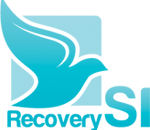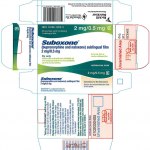Here’s a recent piece from NPR that I found more than a little disturbing:
A quarter of children have a parent with substance use disorder, a study finds
In practice, that translates to an estimated 19 million children — an increase of two million just since 2020.
The article goes on to report that three and a half million of those children “…live with a parent who has multiple substance use disorders,” and that “…more than 6 million have a parent with both a substance use disorder and significant symptoms of depression, anxiety or both.” Not surprisingly, alcohol remains the most common substance involved.
Children raised in such families are more likely to be exposed to violence, to initiate their own substance use at an earlier age, and to have mental health problems in childhood.
As a result, the experts quoted in the article emphasize “…a critical need to better identify parents with substance use disorder and the children who are affected by it.”
Ah. There’s the rub. The idea of conducting widespread screening for SUD during contacts with your family doctor, pediatrician, or other primary practitioner carries with it the potential for some serious pushback — not just from the patients, but from the practitioners.
I can imagine some of the objections we’d get from the professionals. For instance:
“It’s a nice idea, but where am I supposed to find the time to screen kids and their parents in a 12 minute office visit? I barely have time to treat the problems they came to see me about.”
“Look, I’m no expert in drug abuse. I have no business poking around where I don’t belong. These folks need a psychiatrist, not me.”
”If I start asking about drugs and alcohol, half the patients will be offended and the other half will simply lie. Even if one in a thousand admits a problem, then what? I can’t counsel these people.”
”People will just stop coming to see me, and their medical problems will get worse. Who does that help?”
I can imagine all this so easily because of course, those things have been said to me, by different medical practitioners, at different times in different settings. Along with a few dozen more excuses for not addressing a patient’s substance problem when they suspect one exists.
Attitudes among professionals are much improved from the time I began working in addiction treatment. But this is one area where I think change has been especially slow— at the level of the individual practitioner and their patient, in the field.












